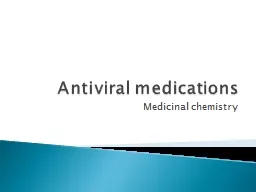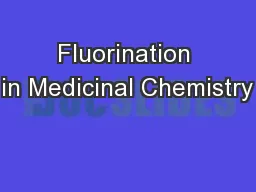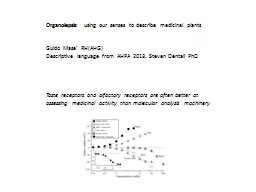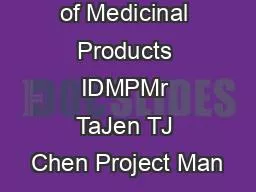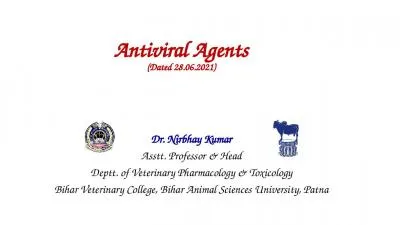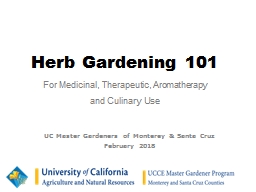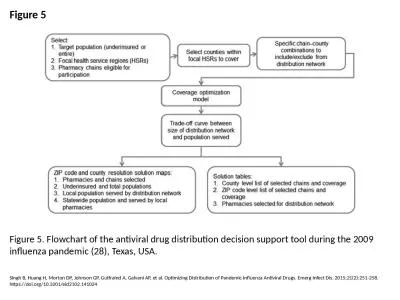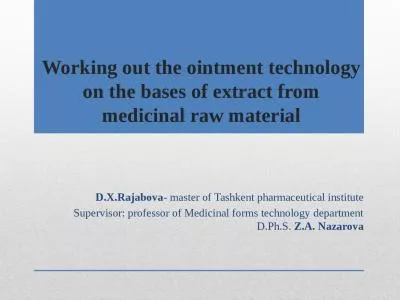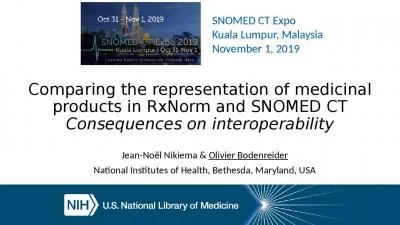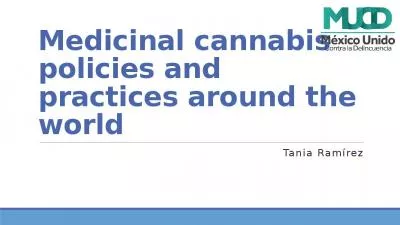PPT-Antiviral medications Medicinal chemistry
Author : adah | Published Date : 2022-02-12
Virus Characteristics A virus is an infectious agent found in virtually all life forms Viruses consist of genetic material and have a central core either DNA nor
Presentation Embed Code
Download Presentation
Download Presentation The PPT/PDF document "Antiviral medications Medicinal chemist..." is the property of its rightful owner. Permission is granted to download and print the materials on this website for personal, non-commercial use only, and to display it on your personal computer provided you do not modify the materials and that you retain all copyright notices contained in the materials. By downloading content from our website, you accept the terms of this agreement.
Antiviral medications Medicinal chemistry: Transcript
Virus Characteristics A virus is an infectious agent found in virtually all life forms Viruses consist of genetic material and have a central core either DNA nor RNA Although they are infectious agents they differ from bacteria in that they contain . Republci. Jankorozova. M.K.. Head of . MeTA. Secretariat. . 4. th. Forum of . MeTA. Kyrgyzstan. Bishkek, 8 December, 2015. Introduction of 1C Accounting System in healthcare facilities for. 2006-2007. BY. Ronald Mensah. Introduction . Fluorination methods. Fluorination in Medical chemistry. Conclusion . Writing Component. References . Questions. Outline . Introduction . What is fluorine?. Location on the periodic table . Medicinal trees in smallholder agroforestry systems: Assessing some factors influencing cultivation by farmers East of Mt. Kenya Jonathan Muriuki Kiura Presentation summary The research problem Research concept and objectives Guido . Mase. ’ RH(AHG). Descriptive language from AHPA 2013, Steven . Dentali. PhD. Taste receptors and olfactory receptors are often better at assessing medicinal activity than molecular analysis machinery. 0 A n d o o n f r a n k n e s s s e d i a t e r e c o m m e n d c o n t a i n e d . I m p r u d e n The 56 th Annual Meeting - in - Miniature 0 THANK YOU TO OUR MIKI 2018 SPONSORS!! 1 TABLE O GS1 2017 GS1 2017The views and opinions presented here represent those of the speaker and should not be considered to represent advice or guidance on behalf of the US Food and Drug Administration GS Dr.. . Nirbhay. Kumar. Asstt. . Professor & Head. Deptt. . of Veterinary Pharmacology & Toxicology. Bihar Veterinary College, Bihar Animal Sciences University, Patna. Viral Chemotherapy. Difficult. Cell-based Medicinal ProductsCellTherapyProductsTissueEngineering Products Existing legislation and guidance concerning CBMPsRegulation1394/2007/ECDirective2001/83/EC, AnnexI, PartIV (underrevision)Di . It . involves a chemical reaction run in a continuous flow stream. The process offers potential for the efficient manufacture of chemical products. . . Recent . breakthroughs using Vapourtec systems are in production of . and . Culinary . Use. UC Master Gardeners of Monterey & Santa Cruz. February 2018. What Is An Herb. Herbaceous. Any plant with leaves, seeds or flowers used. for flavoring food, medicine or perfume. Singh B, Huang H, Morton DP, Johnson GP, Gutfraind A, Galvani AP, et al. Optimizing Distribution of Pandemic Influenza Antiviral Drugs. Emerg Infect Dis. 2015;21(2):251-258. https://doi.org/10.3201/eid2102.141024. D.X.Rajabova. - master of Tashkent pharmaceutical institute. Supervisor: professor . of Medicinal forms technology department . D.Ph.S. .. Z.A. . Nazarova. The actuality of research:. At . present, the application ointments of medicinal forms based on natural raw materials is considered an important function for the production of pharmaceutical technology. Especially the most vital problems are to find cheap and especially effective raw materials, and produce ointments based on different compositions of medicinal forms. Ointment is one of the ancient forms of drug. In the prescription, it consists of 15%. Ointments are semisolid preparations for external application of such consistency that they may be readily applied to the body or to the mucous membranes. They should be of such composition that they soften but not necessary melt when applied to the body. . Consequences . on interoperability. Jean-Noël . Nikiema & . Olivier Bodenreider. National Institutes of Health, Bethesda, Maryland, USA. SNOMED CT Expo. Kual. a Lumpur. , Malaysia. November 1, 2019. world. Tania Ramírez. Map of countries in which medicinal cannabis is available. Medicinal cannabis . regulated. Argentina, Australia, Brazil, Canada, Chile, Colombia, Croatia, Czech Republic, Finland, France, Germany, Greece, Israel, Italy,...
Download Document
Here is the link to download the presentation.
"Antiviral medications Medicinal chemistry"The content belongs to its owner. You may download and print it for personal use, without modification, and keep all copyright notices. By downloading, you agree to these terms.
Related Documents

